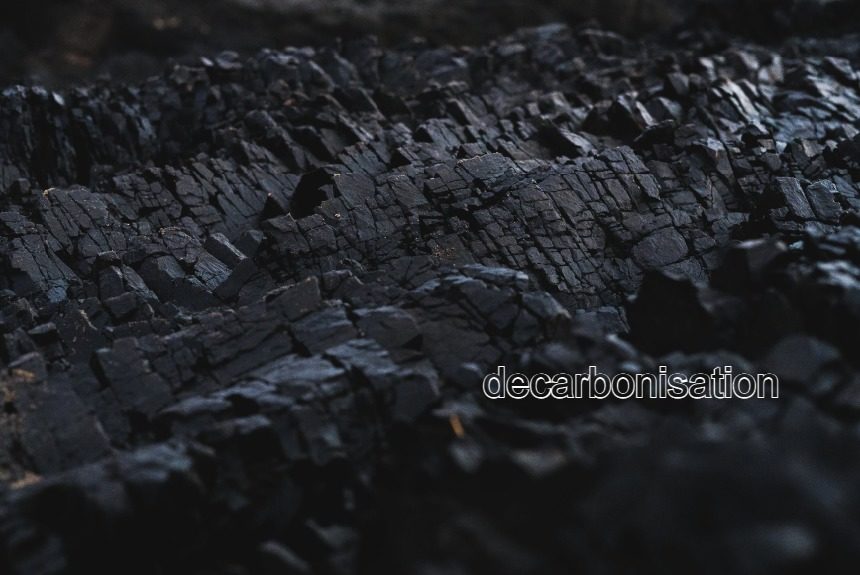Like all things in life, achieving significant success will require us to choose the best path, which may not be the easiest or cheapest but often requires considerable effort and investment.
Starting early and spreading the investment over time can be more economical in the long run than starting late with little time left, which makes the investment costlier and makes it more difficult to reach the desired goal.
The above statement also applies to reaching zero emissions targets or decarbonising high-emitting sectors.
A study by Adrien Vogt-Schilb, Guy Meunier, and Stéphane Hallegatte finds that achieving significant GHG reduction in keeping with the Paris Agreement to keep temperature rise below 2°C, choosing the cheapest option or sector to decarbonise and putting aside the most expensive and difficult option for later is not cost-effective.
The study compares the traditional economic model based on the “marginal abatement cost curves” (MACCs), which recommends reducing emissions through the cheapest options or “low-hanging fruits” and keeping the most expensive and difficult ones later.
While this recommendation appeals to common sense, the authors say it is “unrealistic” and not the most cost-effective solution.
They also pointed out that the MACCs model “does not convey information on the time dimension—that is, how long it takes to implement a measure, and how the cost depends on the time it takes to implement a measure.”
Hallegate (2021), one of the authors, explains, “Assuming we need zero-energy (fully electrified) buildings in 2050, it’s obvious that regardless of the cost, it would be crazy to get started in 2040: retrofitting the whole building stock in 10 years would be much more expensive than doing it in 30 years”.
The traditional model’s inability to efficiently reduce emissions allowed the authors to use a new model that treats emissions reductions as investments with long-term consequences. Using economists ‘adjustment cost calculations, they have demonstrated that “Low-carbon investments are more expensive if they are rushed than if they are smoothed over time.”
In conclusion, the study’s recommendations vary from the traditional economic model using the MACCS. The authors argue that” instead of selecting the lowest cost options every day, there is a need to work backwards from the long-term objective of reaching zero net emissions, and think today about the short-term decarbonisation pathways that can put the economy on track to achieve this goal at the lowest possible cost, as follows:”
- “First, policymakers need to consider a long-term objective consistent with the Paris Agreement, such as reducing emissions by 50% by 2050.
- Next, they can identify what needs to happen to achieve these objectives in every sector and derive sectoral objectives. For instance, reducing emissions by 50% may require retrofitting all buildings and transforming transportation systems.
- Then, they should analyse what actionable short-term targets would put their country on track to achieve these sectoral objectives at the lowest possible cost. For instance, retrofitting all buildings by 2050 may be achieved at the lowest price if significant resources are invested by 2020.
- The final step would be to design the combination of policies and measures – from performance standards to innovation subsidies and infrastructure investment – that can effectively deliver those targets .”
To read the entire study and the non-technical summary, click the links below:
Source Citation:
Vogt-Schilb, A., Meunier, G., & Hallegatte, S. (2018). When starting with the most expensive option makes sense: Optimal timing, cost and sectoral allocation of abatement investment. Journal of Environmental Economics and Management, Volume 88, 2018, Pages 210-233, ISSN 0095-0696, https://doi.org/10.1016/j.jeem.2017.12.001.
Vogt-Schilb, A., Meunier, G., & Hallegatte, S. (2018). Climate policy: When starting with the most expensive option makes sense. VOX EU. Retrieved from https://voxeu.org/article/climate-policy-when-starting-most-expensive-option-makes-sense
Hallegatte, S. (2021, July 28). How to prioritise climate action. LinkedIn. Retrieved from https://www.linkedin.com/pulse/how-prioritize-climate-action-stephane-hallegatte/



Leave a Reply